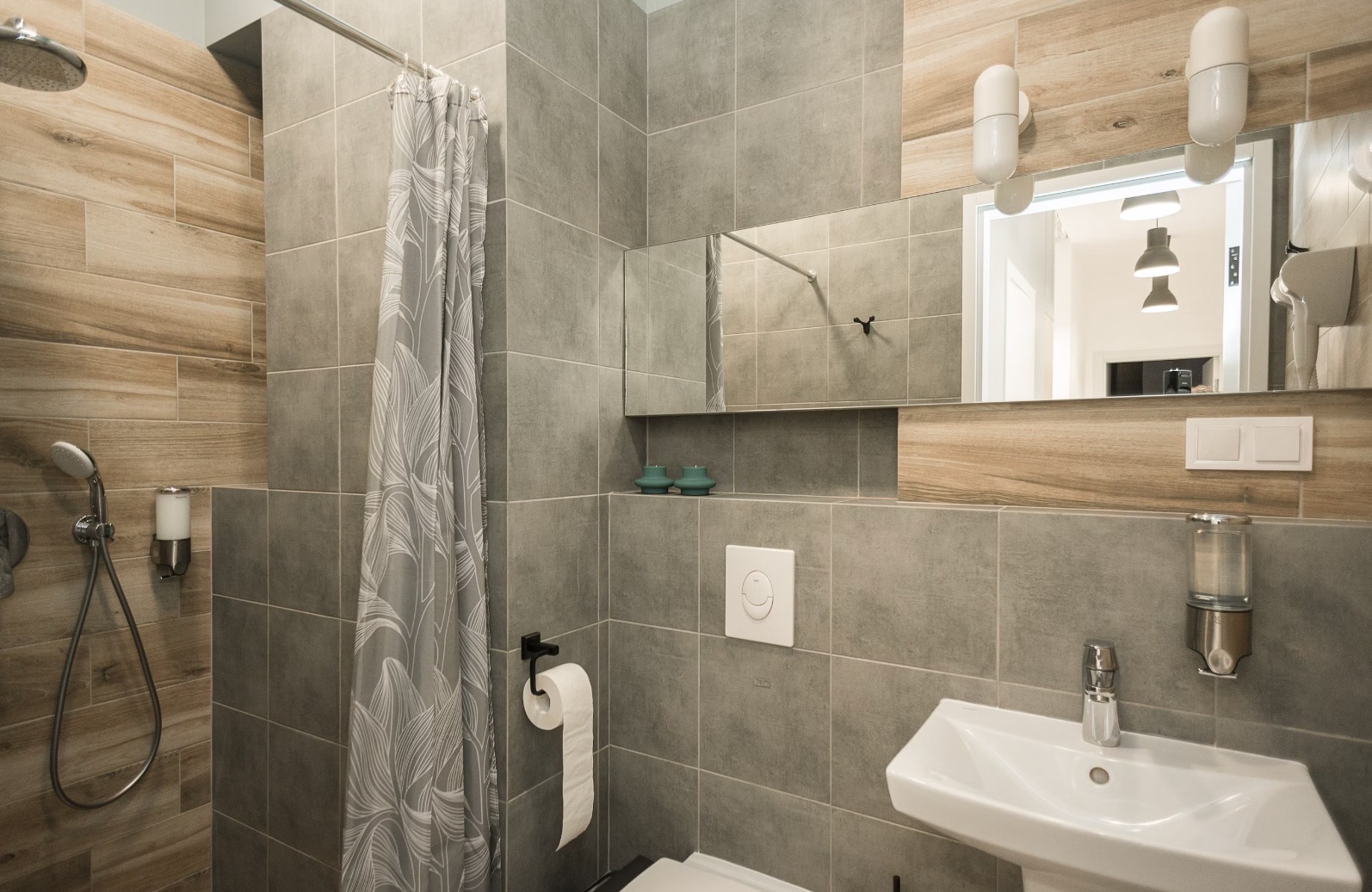
28 Aug Detecting Water Damage in Hardwood Floors: Signs You Should Never Ignore
Hardwood floors are not only visually appealing but also add an elegant touch to your home. However, these beautiful floors are susceptible to water damage, which can have far-reaching consequences if not addressed promptly. Identifying the signs of water damage in hardwood floors is crucial to preserving their longevity and maintaining the overall aesthetics of your space. In this article, we’ll delve into the subtle yet telling indicators of water damage in hardwood floors and discuss the steps you can take to prevent further deterioration.
Warping and Buckling
One of the most noticeable signs of water damage in hardwood floors is warping and buckling. If your hardwood floorboards start to curve upwards or create uneven surfaces, it’s likely that water has seeped into the wood and caused it to expand. This can be a result of prolonged exposure to moisture, such as spills, leaks, or humidity. Warping and buckling not only compromise the appearance of your floors but also pose a safety hazard.
Discoloration and Stains
Water damage often leads to unsightly stains and discoloration on hardwood floors. Dark spots, blotches, or areas that appear darker than the surrounding wood could indicate that water has penetrated the surface. Stains can develop gradually, making them easy to overlook. Regularly inspect your hardwood floors for any changes in color, and address the issue promptly if you notice any discoloration.
Cupping and Crowning
Cupping and crowning are terms used to describe the curvature of individual floorboards. Cupping occurs when the edges of the boards curl upwards, creating a concave shape. On the other hand, crowning involves the center of the board being higher than the edges. Both cupping and crowning are signs of moisture imbalance, which can result from water damage or humidity fluctuations. If you notice cupping or crowning in your hardwood floors, it’s essential to address the underlying cause to prevent further damage.
Foul Odors
Water damage often brings along an unpleasant odor. If you detect musty or moldy smells emanating from your hardwood floors, it’s a clear indication that water has penetrated the wood and triggered mold growth. Mold thrives in damp environments, and the porous nature of hardwood provides an ideal breeding ground. Ignoring these odors can lead to respiratory issues and exacerbate allergies.
Loose or Squeaky Boards
Water damage weakens the bonds between hardwood floorboards, causing them to become loose or develop a squeaky sound when walked upon. If you notice a sudden increase in floorboard movement or persistent squeaks, it’s likely due to water damage compromising the adhesive or nails holding the boards in place. Addressing the issue promptly can prevent further degradation and potential tripping hazards.
Conclusion
Detecting water damage in hardwood floors requires vigilance and prompt action. From warping and discoloration to cupping and foul odors, the signs of water damage can manifest in various ways. Regular inspection and immediate attention to any changes or issues are crucial for preserving the beauty and integrity of your hardwood floors. If you suspect water damage, consider consulting with a professional who specializes in hardwood floor restoration. By taking proactive measures, you can protect your investment and enjoy the elegance of hardwood flooring for years to come.
